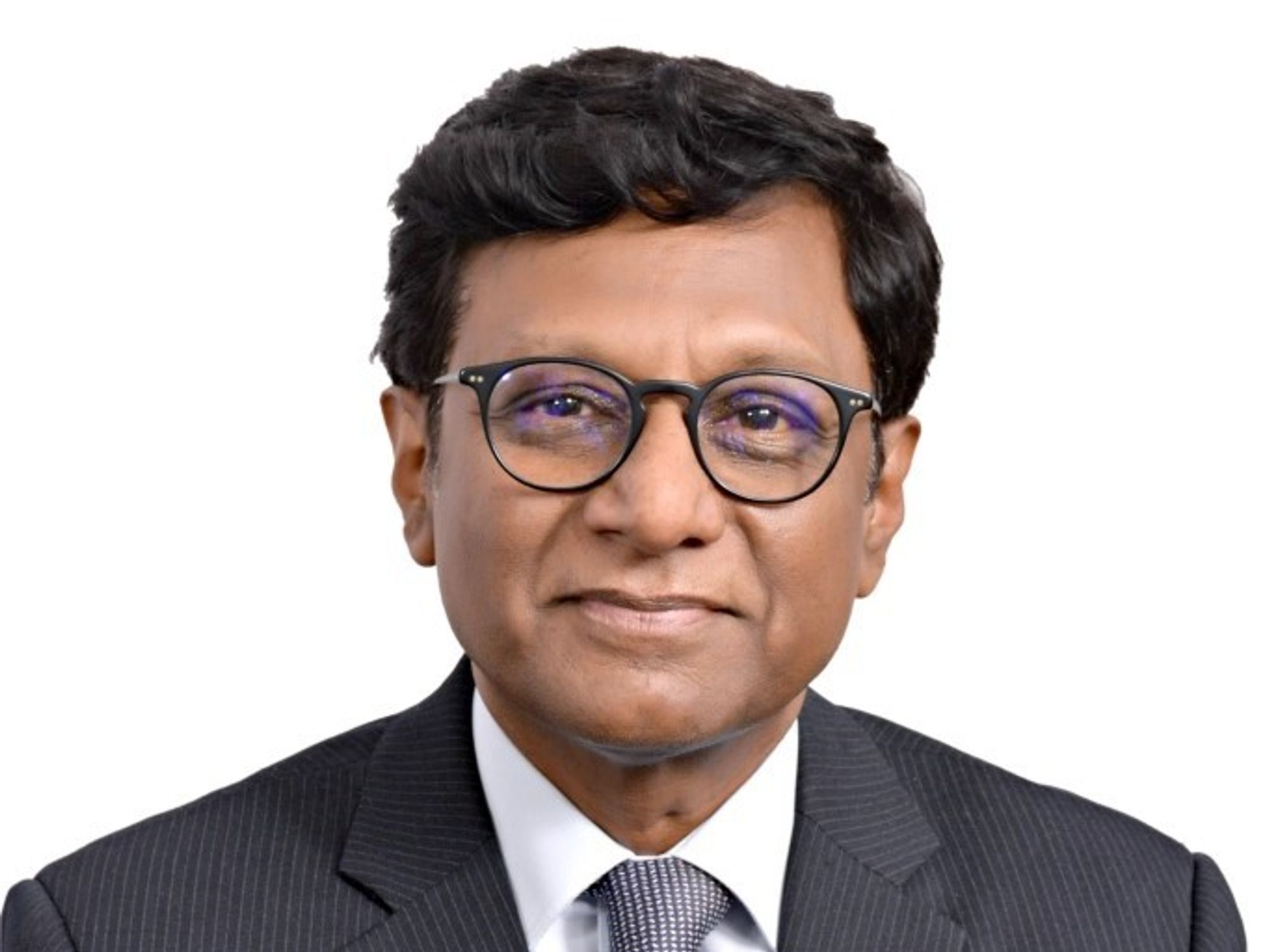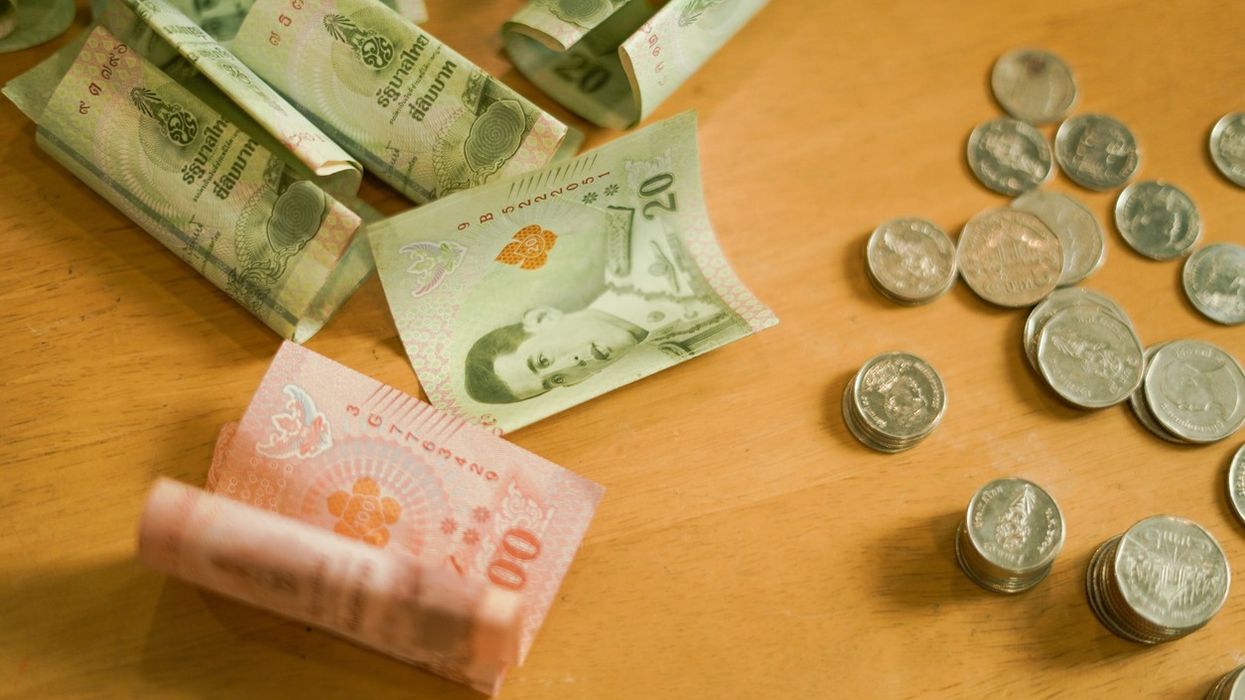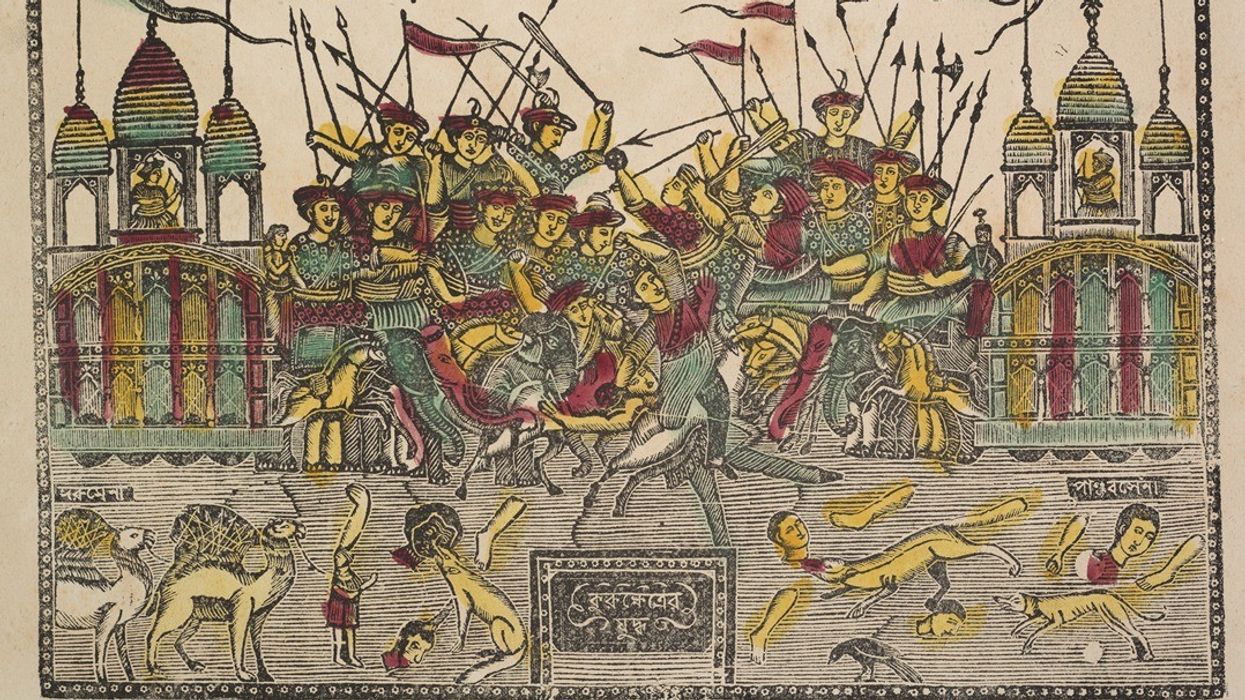THERE is a widespread – but fallacious – perception that India’s tariffs are inordinately high.
Tariffs are quantifiable, and there should really be no place for subjectivity, unlike, say for a country, when one factors in liveability, public courtesy or even how foreigners are welcomed.
Let us consider the facts in the case.
It might be useful for the average reader to understand what function tariffs perform in a low-income developing country such as India when compared to a high-income developed country, like the United States of America.
Traditionally, low-income developing countries use tariffs for two reasons: one, to protect their domestic industry and two, to gain revenue from it.
The protection of a nation’s domestic industries is an accepted argument by economists all over the world, especially if the industry is an infant one and the country needs to develop an industrial base.
Then, there is the revenue gaining function, illustrated, for instance, by a country’s duties on alcohol or luxury motorcycles.
India’s tariffs, which were high in the 1980s, were brought down significantly since the 1991 reforms were initiated and during the negotiations related to the Uruguay Round, which led to the establishment of the World Trade Organization (WTO).
Since then, the secular trend in India has been one of gradual reduction of the applicable tariffs, year after year.
From a technical point of view, countries have two kinds of tariffs. One is applied tariffs, which as the name indicates is the actual tariff (normally ad valorem) imposed at the border when a foreign item enters a country.
Bound tariffs are the maximum levy a country can impose on foreign goods from a legal obligation arising from its most-favoured-nation (MFN) commitments to the WTO. It goes without saying the tariff war initiated by the US is in violation of its commitments under the WTO agreements. But then, the WTO itself has been moribund for a while. It is also worth noting that tariffs cannot be the same for all countries.
It is a truism that low-income developing countries will have higher tariffs (for reasons mentioned above) compared to G7 countries. Where does India figure in all of this? When it is judged on tariffs, two parameters are used. One is simple average tariffs, and the other is trade-weighted tariffs.
With the former metric, India’s tariff does seem high (15.98 per cent). But this is in many ways academic, because for most goods imported into the Indian market, it is the tradeweighted applied tariff that matters. And the tradeweighted tariff that India maintains is a respectable 4.6 per cent. This level of tariff gives the lie to claims that India is somehow a tariff king. Simple averages distort the picture since they treat all products alike, regardless of the trade volumes. So, why is there such a big difference between India’s simple average tariff and its tradeweighted tariff?
India does maintain relatively high tariffs in agriculture and automobiles. In both these cases, the main purpose of the tariffs is to protect the domestic industries. Agriculture in India is sui generis and like no other major country in the world. Around 50 per cent of India’s mammoth population directly or indirectly depends on agriculture. Besides, agriculture in India is not mechanised and land holdings are so small that farming is about survival and not about commerce.
Asking India to open its farm sector to imports is akin to asking it to commit suicide, which no elected government in India would agree to. This demand is especially egregious, since Western farmers are beneficiaries of direct and indirect subsidies.
In this context, India does maintain relatively high tariffs for agriculture products, at average rates of around 33 per cent on meat, dairy, fruits, and cereals. But this is not surprising, given that the European Union’s average rate is 37.5 per cent on dairy products, and rising to 205 per cent, and up to 261 per cent on fruits and vegetables.
Compare this with Japan, whose rate is 61.3 per cent on dairy products, going up to 298 per cent, and up to 258 per cent on cereals, and 160 per cent on meat and vegetables.
Or South Korea, whose average is 54 per cent on agricultural goods, with 800 per cent on vegetables, and 300 per cent on fruits.
Who, then, is the tariff king in agriculture? As for automobiles, this sector is crucial as it creates mass employment.
India’s simple average tariff levels at 15.98 per cent are in line with global norms for developing economies. Bangladesh (14.1 per cent), Argentina (13.4 per cent), and Türkiye (16.2 per cent) – which are all countries with comparable or higher GDP per capita – maintain similar or higher tariffs.
On the US saying their exports of non-agricultural products face tariff barriers in India, it is worth noting that US exporters often face equal or lower tariffs in India compared to many Asian peers.
In electronics and technology, for instance, India has zero per cent tariff on most IT hardware, semiconductors, computers and associated parts, with average tariffs of 10.9 per cent on electronics and 8.3 per cent on computing machinery. In comparison, Vietnam has a tariff of 8.5 per cent on electronic equipment, going up to 35 per cent.
China has a tariff rate of 5.4 per cent, going up to 20 per cent on eletronics, and up to 25 per cent on computing machinery. And Indonesia has a tariff rate of 6.3 per cent on electronic equipment, going up to 20 per cent, and up to 30 per cent on computing machinery.
It is true India maintains justifiable tariff protection for its agricultural, dairy, and auto markets for valid reasons. But its trade-weighted applied tariff in other sectors does not justify it being called a “tariff king” at all.

Dr Mohan Kumar is a former Indian ambassador and is director general of the newly established Jadeja Motwani Institute for American Studies at the OP Jindal Global University

















Anurag Bajpayee's Gradiant: The water company tackling a global crisis